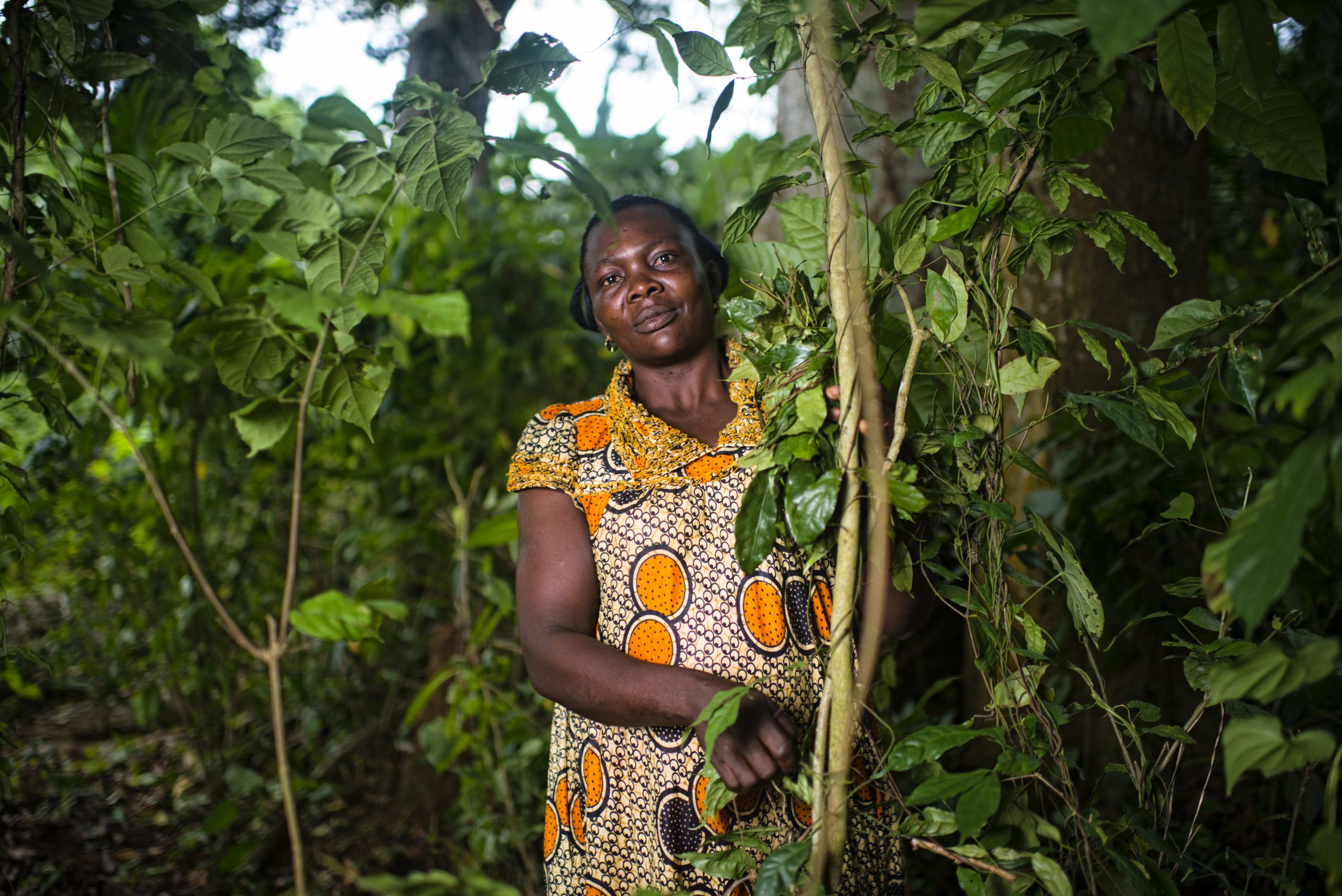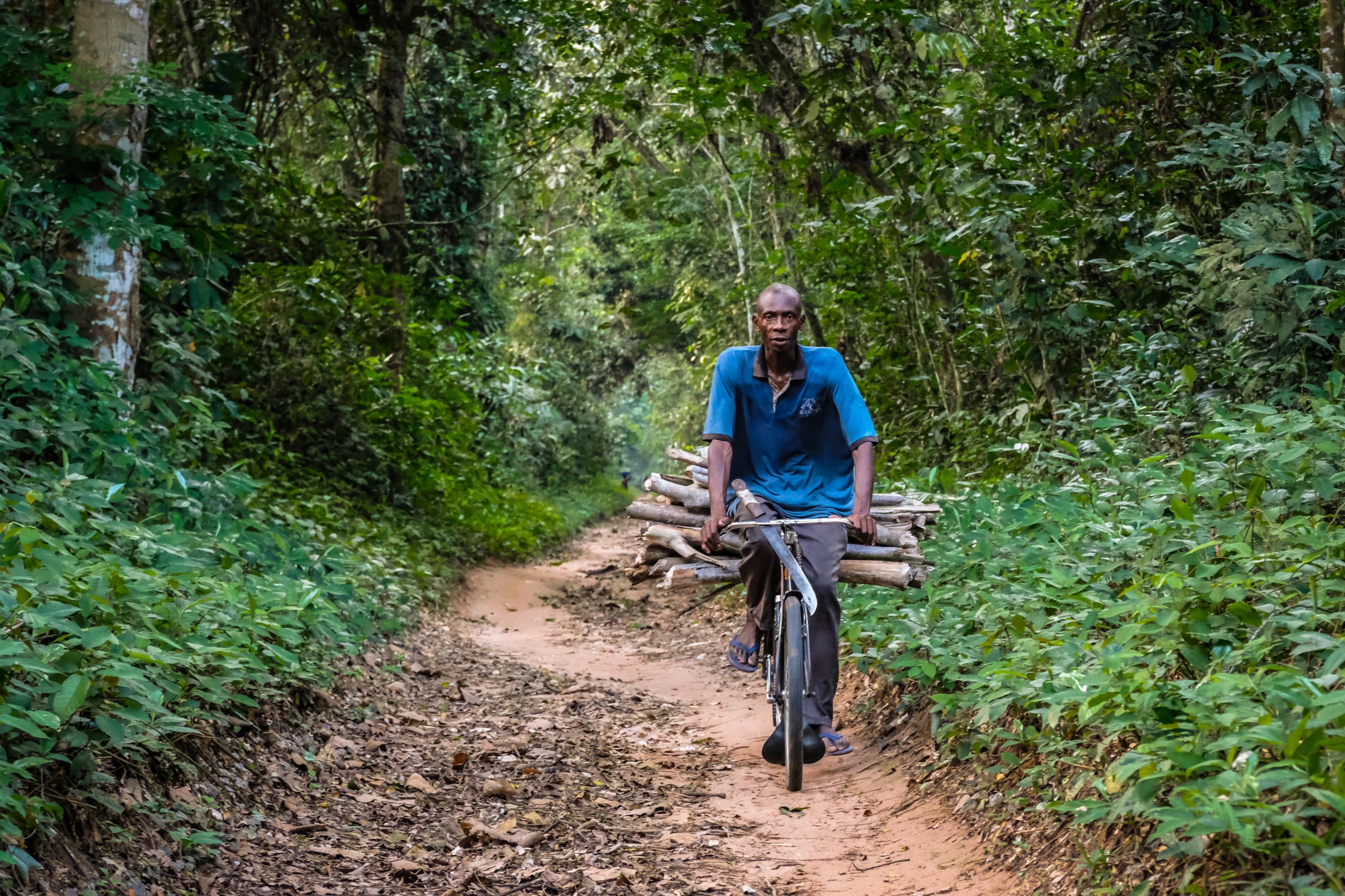Duration of engagment
Medium-Long (2-5 years; 2 years is the shortest duration for a multi-stakeholder partnership to show concrete results)
Cost
Multi-stakeholder platforms tend to require annual budgets in the $100-200K range
($)
Organization costs (e.g. travel, venue booking)
($$)
Third party to facilitate multi-stakeholder discussions
($$$)
Institution costs (e.g. staff, action plan implementation, data collection)
In the real world
Underwriting multi-stakeholder governance
A group of companies and foundations have provided funds that support the Coalition for Sustainable Livelihoods (CSL) initiative in Aceh and in North Sumatra, Indonesia. Funding has gone toward high-level coordination of the initiative, convening multi-stakeholder workshops that shape the direction of the initiative, and coordination of working groups that are building out the initiative’s components. Funding, technical support and guidance have come from Barry Callebaut, Mars Wrigley Confectionary, Mondelēz International, PepsiCo, Unilever, Walmart Foundation, Conservation International, Earthworm Foundation, IDH, The Livelihoods Fund, UNDP, and the Global Environment Facility. Corporate funding and technical support also underwrite some regency-level L/JIs convened within the provinces under the CSL umbrella. This helps Aceh Tamiang and Southern Aceh carry out landscape-level diagnoses of deforestation drivers, develop community alternative livelihoods, and build capacity for palm oil mills and plantations to implement NDPE commitments.
Funding implementation of a jurisdictional action plan
Several companies have committed financial support for Sabah, Malaysia’s Jurisdictional Certification Steering Committee (JCSC)– the multi-stakeholder body charged with achieving the state’s certification and forest conservation goals – and/or activities it oversees. HSBC funds enabled district-level HCV mapping and land use planning as a first step toward scaling these efforts state-wide. Unilever funds enable the JCSC’s secretariat to more effectively carry out its work streams. Several other companies are funding a conservation assurance index – to be developed by local government and research institutions – that will monitor progress toward the state’s goals each year by providing reliable and objective information about governance, environmental health, sustainable production, and social development.
Tea companies support landscape-scale conservation initiative
Unilever Tea and Finlays have committed annual funding to support an IDH initiative to conserve a highly threatened part of the Mau Forests Complex in southeastern Kenya, by providing economic benefit to local communities. The corporate funds, augmented by the Kenya Tea Development Agency and the Safaricom Foundation, help implement the initiative’s action agenda to plant more natives trees across a 250 ha landscape, intensify livestock grazing, and carry out surveillance against illegal activities impacting the forest.
Key points for companies

Engage with the government or other entity leading the L/JI to understand the specific funding needs. The kind and costs of these needs will depend on the initiative’s maturity, from outreach or convening efforts in early stages, to building consensus or developing strategies and action plans around a shared vision during middle phases, to operating expenses, hiring secretariat staff, implementing plans, monitoring data, or tracking progress as the initiative matures.
- Request a budget to better determine which categories of activity in the initiative need how much money and what other sources of funding are currently or potentially available.

Determine whether to provide unrestricted funds which the initiative allocates as needed, or funds for specific activities. Unrestricted funds help buffer unforeseen costs that can often arise and shift immediate priorities.

Hold initiative leads accountable to ensure funding is having the desired impact. Ask periodic progress reports (e.g. semi-annual) on how the money is spent, measured against the goals to which company finances are contributing. Review reports with an eye toward effectiveness and suggest to the initiative lead how they could improve.

Rather than go it alone, an individual business can better provide a portion of the funds, then seek complementary monetary or in-kind contributions from other companies, government agencies, large conservation NGOs, etc. Joint funding avoids any perception of disproportionate influence by any one entity and ensures that other stakeholders have “skin in the game” for the success of the initiative.
- If one or more companies provide early funding for an L/JI and are joined by other companies later on, all parties should agree on how the newcomers can equitably support later-stage needs so that they feel properly invested in the initiative’s success.

As the L/JI shifts from planning to implementation, the scale of funding required is likely to increase by orders of magnitude (10-100), depending on how ambitious and cross-sectoral the targets and activities are. At this stage, company support still matters, but it should identify other and more sustainable sources of financing so the initiative can achieve its landscape/jurisdictional goals. See also “Enhance sustainability-pegged financial flows”, “Help develop carbon offset programs”.
External conditions that improve likelihood of success
- There is adequate financial planning, management, and reporting capacity of the institution leading the landscape/jurisdictional initiative.
- Time frames for funding are consistent with company priorities and expectations for progress and results
- The planning phase can tap into funds from a diverse coalition of sources that includes companies, government agencies, conservation NGOs, and international donors
- There is real potential to generate additional, substantial, and sustainable funding during the implementation phase from commodity market premiums, carbon finance, and other sources

The business case for this intervention
- Ensuring a financially viable multi-stakeholder L/JI platform could multiply a company’s initial investment by leveraging 10x-100x additional funding through commodity and carbon markets.
- Companies that fund the multi-stakeholder platform lead by example and can encourage others to contribute.
- By highlighting its L/JI commitment, a company can increase brand value and enhance its social license to operate.
- Financial support can improve relationships with other L/JI stakeholders and clarify synergies between government priorities and private interests.

